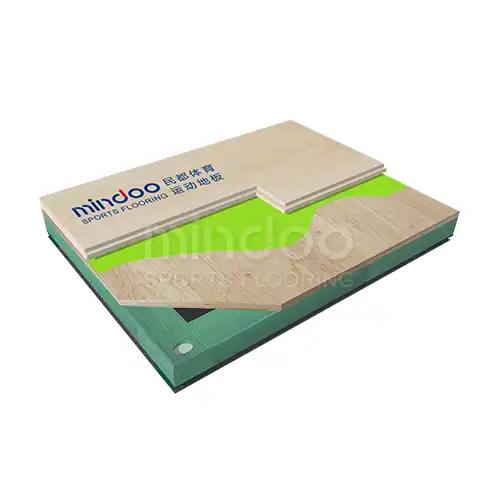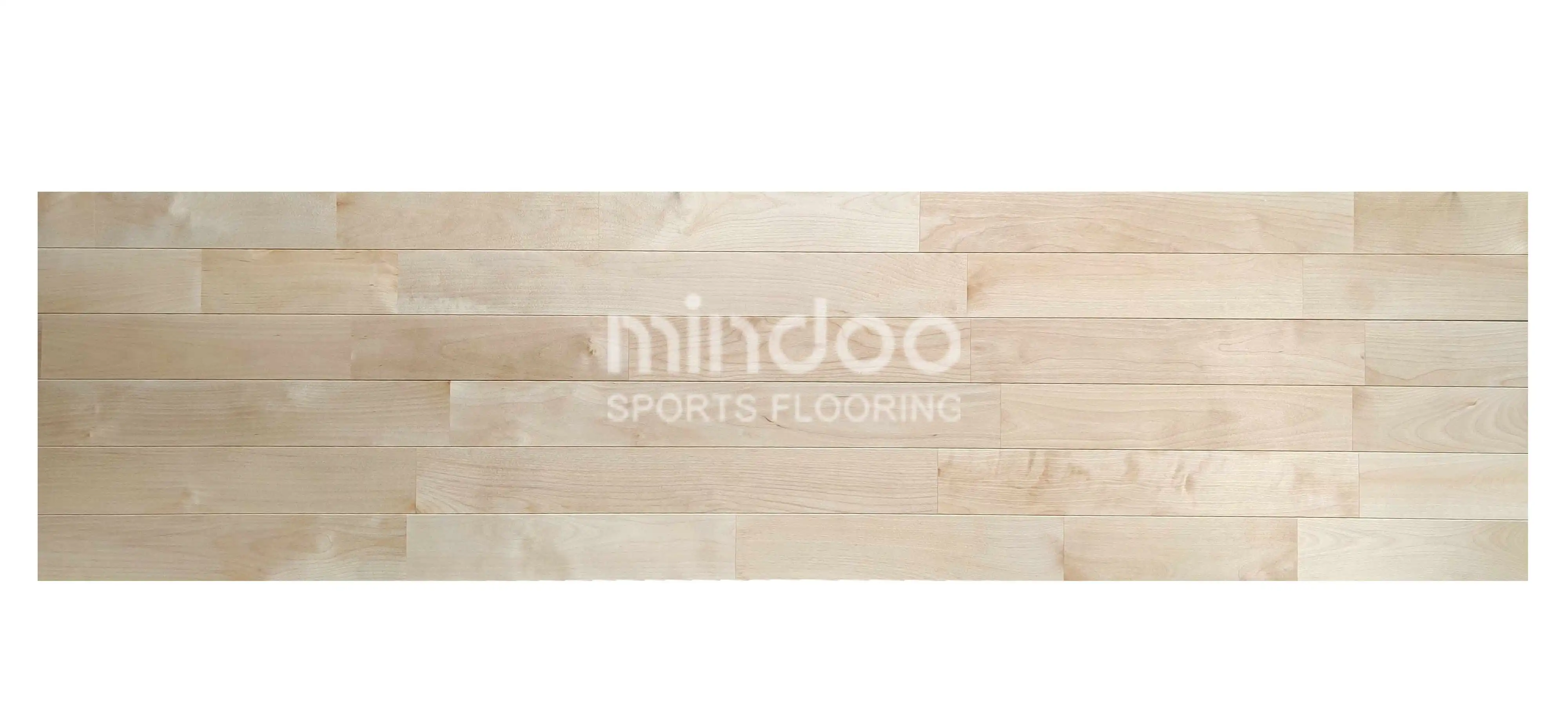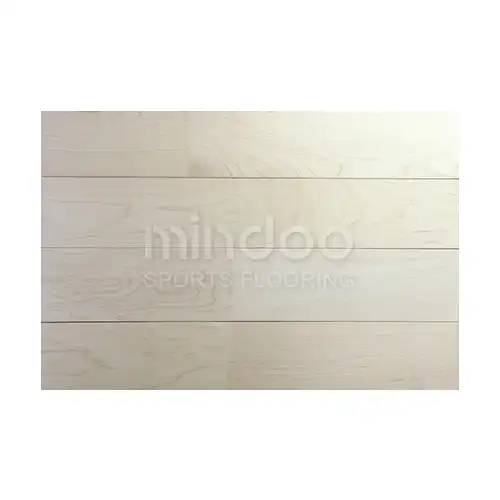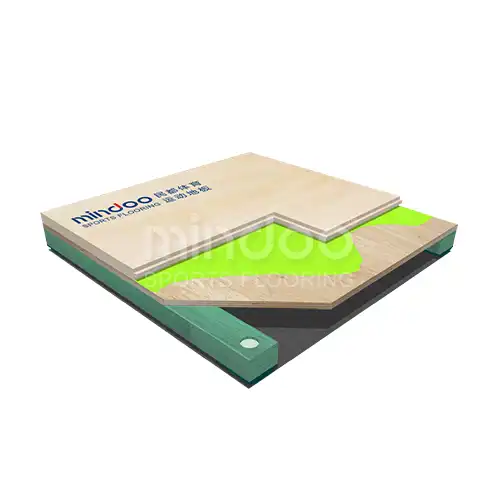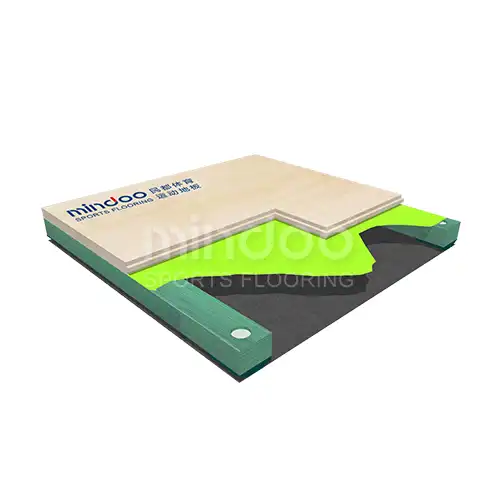Why are hardwood floors so expensive?
It’s not just about the price tag—it’s about what you’re actually getting for that cost. Let’s break it down.
First off, the raw material itself is a big factor. Hardwood trees take years, sometimes decades, to grow to a size where they can be harvested. Think about it—oak, maple, walnut, these trees don’t just spring up overnight. A tree that’s big enough to make quality flooring could easily be 30, 40, or even 100 years old. That’s a lot of time invested, and when you factor in the cost of maintaining the forest, ensuring sustainable harvesting, and protecting the land, it all adds up.
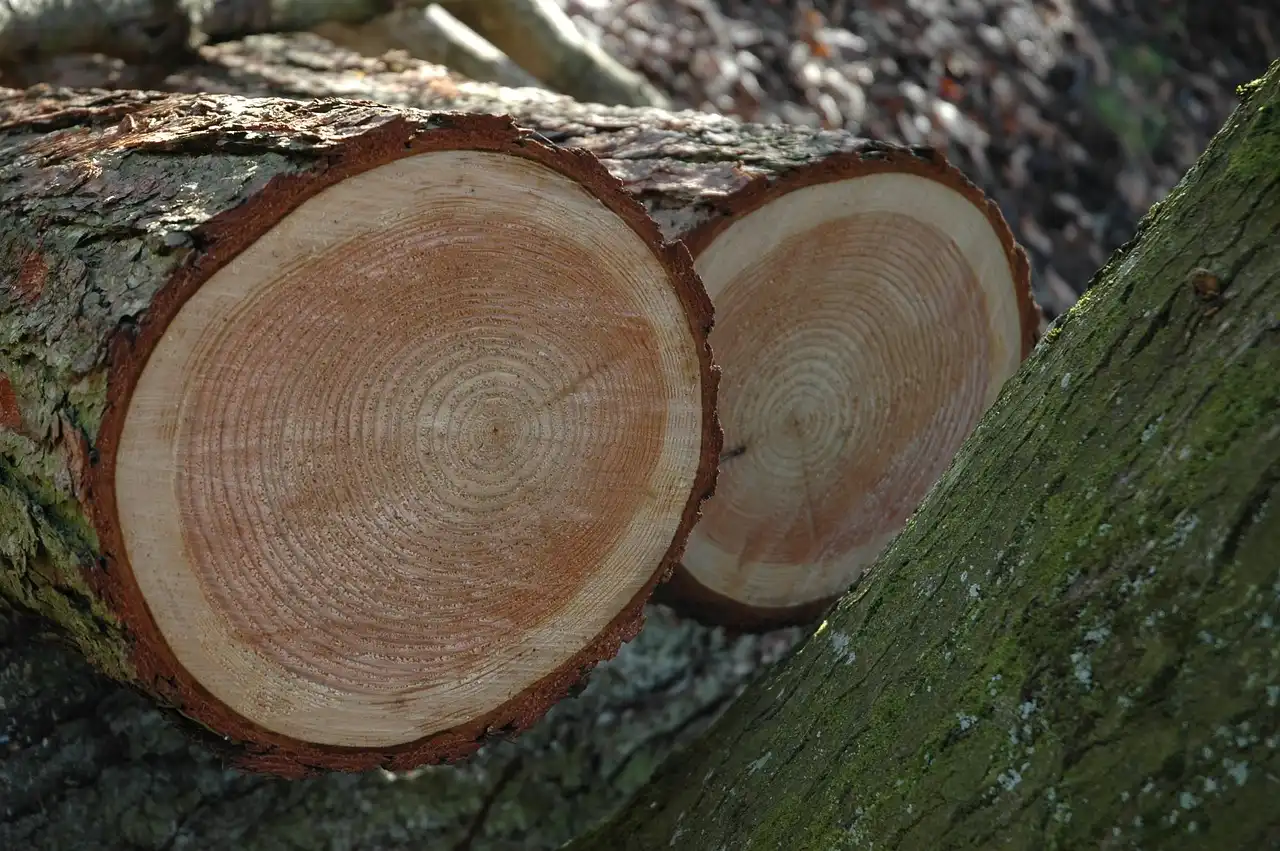
Then there's the labor. Cutting and milling hardwood is a detailed, time-consuming process. Unlike softer woods, which are easier to process, hardwood needs to be carefully dried, treated, and sometimes even hand-sanded. Each board gets special attention to ensure it's of top quality. The level of craftsmanship involved is what makes it so much more expensive compared to cheaper, mass-produced options like laminate or vinyl.
Another thing? The demand for hardwood flooring is high. Homeowners, businesses, and even sports venues are willing to pay more because hardwood just looks better, lasts longer, and adds value. It's like investing in something that ages well, just like a fine wine. In fact, studies show that homes with hardwood floors can sell for 2.5% more than those with carpet. That long-term payoff can make the higher price worth it.
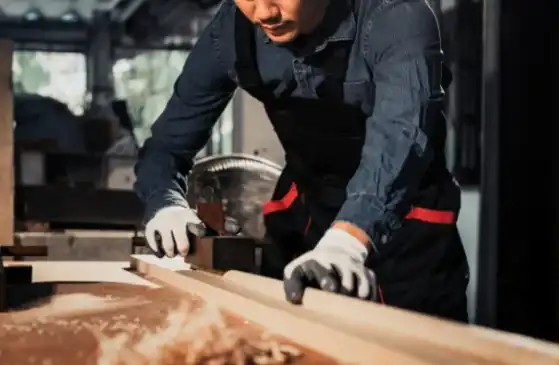
And let’s not forget about the environmental side of things. High-quality hardwood flooring is often made from sustainably managed forests, which means there's a bit more cost in ensuring responsible sourcing. There's also a bigger push towards eco-friendly production practices, which, while better for the planet, tend to be pricier.
Then there’s the installation process. You might think you’re just paying for the wood, but a lot of times, you’re also paying for skilled labor. Hardwood floors require a precise, expert touch to make sure the planks fit perfectly and the finish is flawless. Plus, the tools and materials required for installation are often top-of-the-line, which adds to the cost.
Finally, there’s the durability. Hardwood floors, when properly cared for, can last a lifetime. It’s an investment that doesn’t need to be replaced every few years like carpet, and it can be refinished multiple times over the years, bringing it back to life after decades of use.
So yeah, hardwood flooring might be pricier, but you’re paying for quality, sustainability, and a product that has the potential to last generations. When you consider all the factors—time, labor, craftsmanship, and long-term value—it starts to make sense why it comes with a bigger price tag. It's not just a floor; it's a long-term investment in your home, and it's one that pays off in spades.

